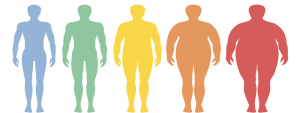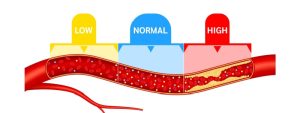Cholesterol levels in children and young adults are measured similarly to adults through a lipid panel blood test. The main types of cholesterol measured include:
- Total Cholesterol: This is the total amount of cholesterol in the blood, including both LDL (low-density lipoprotein) and HDL (high-density lipoprotein) cholesterol.
- LDL Cholesterol: Often referred to as “bad” cholesterol, high levels of LDL can lead to plaque buildup in the arteries over time.
- HDL Cholesterol: Known as “good” cholesterol, HDL helps remove excess cholesterol from the bloodstream, reducing the risk of heart disease.
Why Cholesterol Levels Matter in Children and Young Adults
- Monitoring cholesterol levels in younger individuals is essential for several reasons:
- Early Detection: High cholesterol levels can start in childhood and adolescence, especially in children with a family history of high cholesterol or heart disease.
- Risk of Heart Disease: High cholesterol levels, particularly exceptionally high LDL cholesterol, increase the risk of developing heart disease later in life.
- Lifestyle Impact: Children and young adults with high cholesterol may need to make lifestyle changes to lower their cholesterol levels and reduce their risk of heart disease.
- Risk Factors for High Cholesterol in Children and Young Adults
- Several factors can contribute to high cholesterol in younger individuals:
- Family History: Genetics play a significant role in cholesterol levels. If parents or close relatives have high cholesterol or heart disease, children may be at higher risk.
- Dietary Habits: A diet high in saturated fats, trans fats, and cholesterol can elevate LDL cholesterol levels.
- Lack of Physical Activity: Inactivity can lead to weight gain and higher cholesterol levels.
- Obesity: Excess weight can increase LDL cholesterol and decrease HDL cholesterol levels.
- Medical Conditions: Certain conditions, such as diabetes or kidney disease, can affect cholesterol levels.
Managing Cholesterol in Children and Young Adults
- Healthy Diet: Encourage a balanced diet that includes fruits, vegetables, whole grains, lean proteins (like chicken, fish, beans, and nuts), and low-fat dairy products. Limit foods high in saturated fats, trans fats, and cholesterol.
- Regular Physical Activity: Promote regular physical activity, such as playing sports, dancing, or biking, for at least 60 minutes daily to help maintain a healthy weight and improve cholesterol levels.
- Avoid Smoking and Second-hand Smoke: Smoking and exposure to second-hand smoke can raise LDL cholesterol levels and increase the risk of heart disease.
- Screening and Monitoring: Talk to your child’s healthcare provider about cholesterol screening recommendations based on family history and other risk factors. Screening may begin as early as age 9-11, with follow-up testing as needed.
- Encourage Healthy Habits: Be a role model by practising healthy habits, such as eating well, staying active, and managing stress.
Understanding cholesterol levels in children and young adults is essential for identifying and managing potential risks to heart health early on. Parents can help their children reduce the risk of heart disease and live healthier lives by promoting healthy habits and working with healthcare providers to monitor cholesterol levels. You can consult a healthcare professional for personalised guidance and recommendations if you have concerns about your child’s cholesterol levels or heart health. Taking proactive steps can significantly impact your child’s future heart health and overall well-being.




